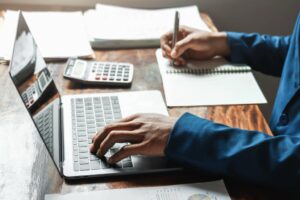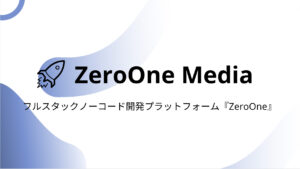
These costs may include transportation fees, installation costs, legal fees, and any necessary modifications or improvements to the asset. Plant assets can vary widely depending on the nature of a company’s operations. They can include land, buildings, machinery, equipment, vehicles, furniture, and fixtures. These assets are considered essential for a company’s operations and contribute to its long-term success. Typically in business accounting, an entry appears as a cost when it is manufactured and then disappears when it is sold.
Capital Improvements
The purpose of depreciation is to “charge out” a portion of the plant assets which have been used during the accounting period to generate business revenue. It is interesting to note that IAS 16 has pointed out that a plant asset purchased for safety or environmental reasons could qualify as a plant asset even if it does not contribute to revenue. If the market value of the common stock is not determinable, then the market value of the property should be established and used as the basis for recording the asset and issuance of common stock.

What Are Plant Assets In Accounting
Depreciation captures the gradual loss of value and wear and tear of plant assets, allowing for accurate financial reporting and asset management. By accurately recording plant assets in accounting, businesses can track their investments and assess the value of their assets over time. Additionally, it allows for proper calculation of depreciation expense and provides transparency https://www.bookstime.com/ and accountability in financial reporting. Plant assets can take various forms depending on the nature of a company’s operations. Some common examples of plant assets include land, buildings, machinery, equipment, vehicles, furniture, and fixtures. These assets are essential for a company’s day-to-day operations and contribute to its overall productivity and profitability.
What you will learn to do: Identify PP&E
- PP&E is listed on a company’s balance sheet by adding its value minus accumulated depreciation.
- Named during the industrial revolution, plant assets are no longer limited to factory or manufacturing equipment but also include any asset used in revenue production.
- Proper management and accounting of plant assets are crucial for a company’s financial stability and growth.
- By effectively acquiring, recording, depreciating, and disposing of plant assets, businesses can maximize their operational efficiency, profitability, and competitive advantage.
- Construction sites are also plant assets because a construction site still has value and will contribute to profits.
- Therefore, the company would record the machine at £110,000 as the initial cost.
- PP&E refers to specific fixed, tangible assets, whereas noncurrent assets are all of the long-term assets of a company.
Plant assets are important not only for the profits of a business but to their business accounting as well. Plant assets are recorded differently on a balance sheet because of depreciation. A balance sheet shows all the assets a company owns plus all the liabilities the company has, including the depreciation value. For example, a large robotic arm that is a plant asset on a factory floor of a business will be listed on the balance sheet with its value beside it. Next to that value, the robotic arm will also show how it is depreciating overtime and what the business needs to do to pay for upkeep. Depreciation is the accounting way of showing how an asset continues to have value.
Module 9: Property, Plant, and Equipment
As for buildings, per IRS rules, non-residential buildings can be depreciated over 39 years using the Modified Accelerated Cost Recovery System (MACRS) method of depreciation. For example, due to a decline in market demand, the business determines that the manufacturing machine’s recoverable amount is now £90,000 (down from £110,000). Plant assets are initially recorded at cost plus all expenditures necessary to buy and prepare the asset for its intended use. The Ascent is a Motley Fool service that rates and reviews essential products for your everyday money matters.
Accounting for Plant Assets

In a way, depreciation can be conceptualized as the amount you need to pay if you did not have the asset. Almost all plant assets are tangible assets meaning they are used in the production process. Workers and operators of these assets need to be able to use assets to make a good, provide a service, or to improve a product. Capital goods, such as equipment and machines, hold significant value as well. Equipment is unique to each business and is the most diverse of the plant asset types.
What is a Plant Asset? Definition and Real-World Examples
This method explains that the utility and level of economic benefit decrease as the age of asset increases. The assets on a balance sheet contribute to a company’s overall profitability and worth. Plant assets are frequently among the most useful and financially supportive assets. Unless the lease expires (which would cause the ownership of said plant assets are defined as improvements to revert to the owner of the building), you get to count those improvements towards your plant assets as well. Part of an asset’s value is connected to the health or the duration of the asset. This means keeping equipment properly maintained, updating buildings, adding accessories to machinery, or advancing property in other ways.
- Although PP&E are noncurrent assets or long-term assets, not all noncurrent assets are property, plant, and equipment.
- Companies sometimes sell a portion of their assets to raise cash and boost their profit or net income.
- Buildings are assets that include any structure or facility that a business builds or owns on their property.
- These assets are significant for any business entity because they’re necessary for running operations.
- Of course, selling property, plant, and equipment to fund business operations is a signal that a company might be in financial trouble.
